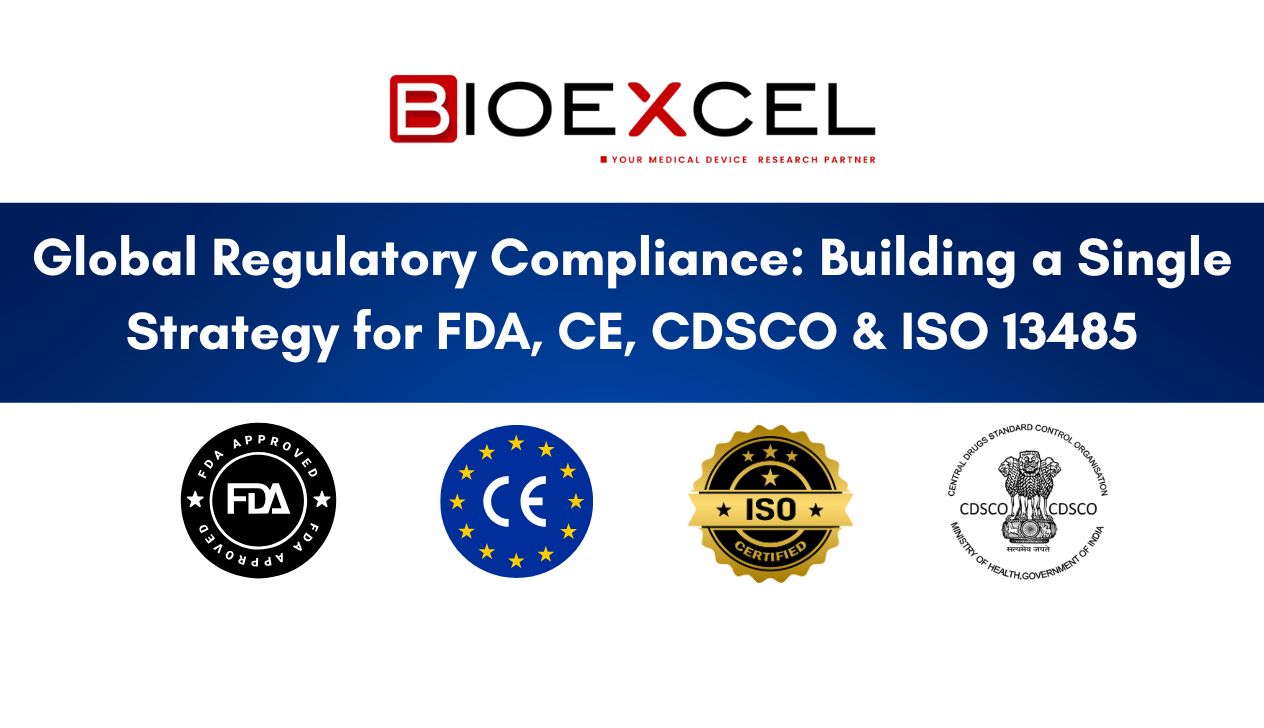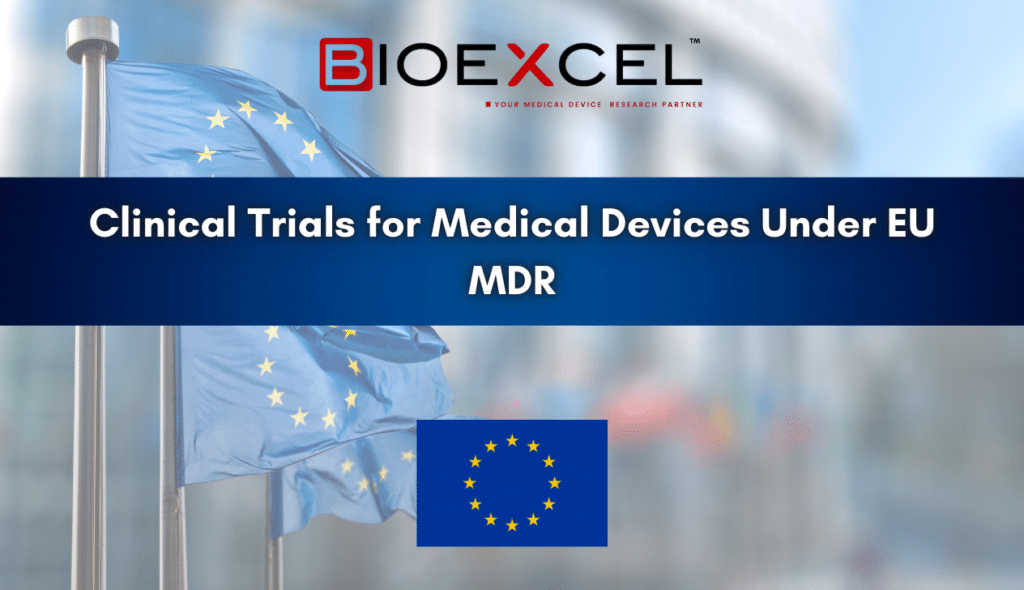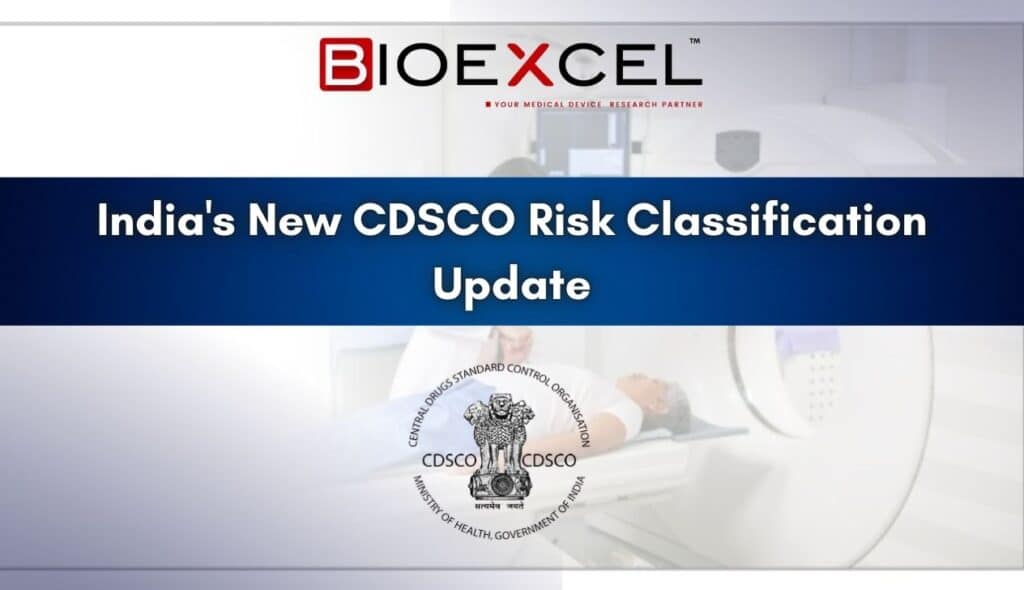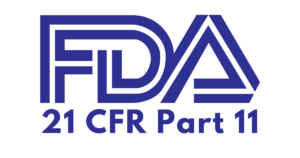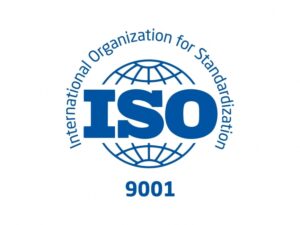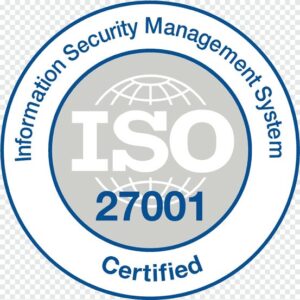When you’re responsible for clinical and regulatory strategy, juggling multiple submissions across geographies is more than a challenge—it’s a minefield.
With the FDA tightening review timelines, CE MDR requirements expanding, CDSCO demanding more localised evidence, and ISO 13485 defining global QMS standards, managing global compliance can feel like chasing four moving targets—while blindfolded.
But there’s good news: it’s possible to build a unified global regulatory strategy that meets all major requirements without fragmenting your resources.
🌍 The Problem: Regulatory Silos = Delays, Rework & Risk
Many companies still take a region-by-region approach—treating FDA, CE, CDSCO, and ISO as isolated goals. This leads to:
- Duplicated data packages and evidence collection
- Inconsistent documentation
- Mismatched timelines
- Increased audit exposure
- Lost time and team burnout
✅ The Solution: Harmonize Your Regulatory Strategy
You don’t need four strategies. You need one strategy with four pathways—mapped, cross-referenced, and built on a common foundation.
1. Use ISO 13485 as Your Global QMS Backbone
ISO 13485 is the international gold standard for medical device quality systems. By building your processes around ISO, you create a QMS that feeds compliance for FDA, CE, and CDSCO.
✅ Why It Works:
- FDA’s QMSR (Quality Management System Regulation) aligns with ISO 13485
- CE MDR audits evaluate against ISO principles
- CDSCO recognizes ISO-certified facilities as part of their risk classification
2. Centralize Clinical and Regulatory Documentation
Create a master dossier approach: One set of core documents that can be adapted for regional requirements—rather than creating separate packages from scratch.
Include:
- Core clinical investigation plans
- Risk management documentation (ISO 14971)
- Design Dossiers / Technical Files
- PMS plans & summaries
- Common clinical evidence tables
3. Plan for FDA, CE & CDSCO Evidence Requirements Simultaneously
| Requirement | FDA | CE (MDR) | CDSCO |
| Clinical Data | IDE/510(k)/PMA | CER/PMCF | Local clinical study or bridging data |
| Risk Management | 21 CFR 820 | ISO 14971 | ISO 14971 |
| Post-Market | MedWatch & PMS | PMS/PSUR | Periodic Safety Updates |
| QMS | 21 CFR 820 (soon ISO-aligned) | ISO 13485 | ISO 13485 preferred |
4. Align Post-Market Surveillance (PMS) From Day One
Too many firms treat PMS as a “launch problem”—but regulators see it as part of your pre-market credibility.
Plan PMS early with:
- Risk-based PMCF (Post-Market Clinical Follow-Up) for CE
- Real-world usage data and complaint trends for FDA
- Field safety corrective actions (FSCA) tracking for CDSCO
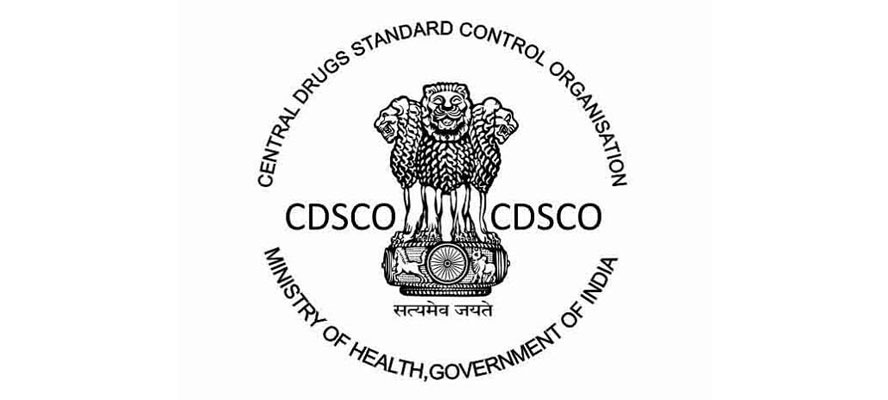
5. Create a Unified Regulatory Timeline Across Regions
Use a global Gantt chart to map submission milestones, evidence development, and review cycles across the FDA, CE, CDSCO, and ISO.
💡 Pro Tip: Speak the Regulators’ Language—In Parallel
Instead of serial submissions (FDA ➡️ CE ➡️ CDSCO), design your plan to speak to all authorities at once using cross-referenced documentation, shared clinical endpoints, and unified risk-benefit profiles.
🚀 How Bioexcel + XcelTrials Simplifies Global Compliance
When I made the shift to a unified regulatory model, I chose Bioexcel and their XcelTrials platform to manage:
- A single clinical trial dataset mapped to FDA, CE, and CDSCO requirements
- One QMS framework (ISO 13485) linked to regional SOPs
- Auto-generated region-specific CERs, PSURs, and PMCF plans
- Global submission dashboards with live compliance status
🛑 The Cost of Fragmented Compliance
- Months of duplicated work
- Inconsistent documentation triggering rejections
- Increased audit risk
- Delayed market entry across key regions
✅ Start Building Your Global Compliance Strategy Today
Don’t wait for your regulatory plans to fall out of sync.
Let Bioexcel and XcelTrials help you create one clear, auditable, efficient path to global approval.
👉 Schedule a global compliance workshop and see how we simplify FDA, CE, CDSCO, and ISO approvals into one smooth system.


